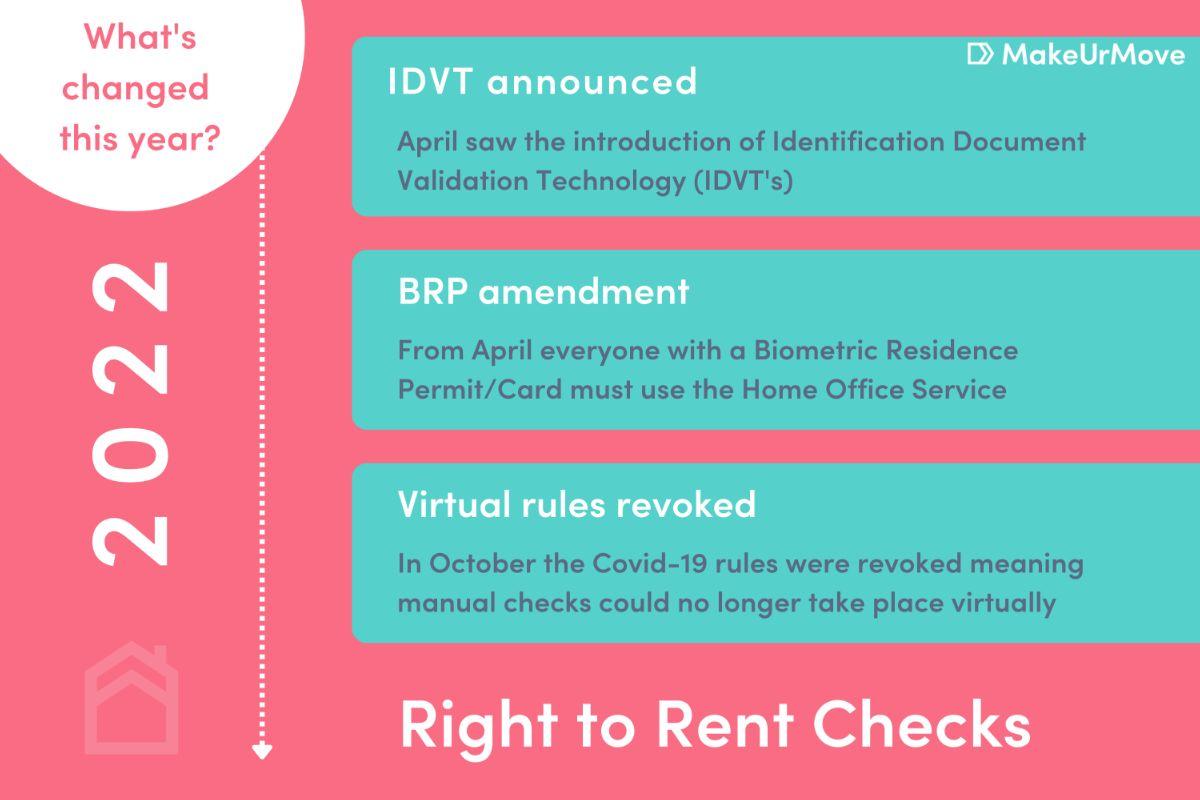
Here we take a look at some frequently asked questions regarding how Brexit affects these checks.

Right
to rent checks were legally introduced by the Home
Office in 2016. Since then, the laws have changed, and different methods have
been introduced to acquire proof that your tenant has the right to live in the
UK.
If you’re curious about what’s involved and how you can stay
compliant, follow our step-by-step guide.
Right to rent is a check that must be legally carried out by
a landlord or property manager before the start of a new tenancy to ensure the
tenant has a right to live in the UK. Introduced by the Home Office in 2016
these checks aim to make it harder for people to illegally live and work in the
UK.
If you’re a self-managed landlord then the right to rent
check is your responsibility to undertake, however, if you use a property
manager such as MakeUrMove this may
be carried out by them.
If you use a property management company, it’s important to
check that this service is included in your package, alongside checking if you
have any obligations such as a physical check.
During Covid-19 the rules were adjusted by allowing tenants
to show their ID by video call or by sharing a scanned document for manual
checks.
In October 2022 these rules were revoked, and now all
right-to-rent checks must be carried out in one of three ways:
Keep reading to learn more about each option.

Manual Check
Manual checks must be carried out either in person or via
video call, however, if the check is done via video call you must have
possession of the tenants’ original document (which can be sent via post).
During the check the following processes must take place:
Home Office online checking service
If you would like to do the check virtually you can use the Home
Office online checking service.
The service supports a range of migrants, depending on the
type of immigration document they have, however not all migrants can use the
online service.
Although this service is virtual you must check in person
(or via video call) that the tenant is the person pictured in the online
service.
To learn more visit: gov.uk
IDVT
IDVT stands for Identity Verification Technology through an ISP (Identity Service Provider). This virtual check is only applicable for British or Irish passports - if your tenant does not have this documentation, it must be checked manually or via the Home Office.
Satisfy yourself that the photograph and biographic details
(for example, date of birth) on the output from the IDVT check are consistent
with the individual presenting themselves for rent.
If you choose to use an IDSP you must retain a clear copy of
the IDVT identity check output.
There are exceptions when it comes to tenant checks. For example, you don’t have to check tenants if you are providing accommodation for the following types of rental properties:
You do need to check tenants if you are providing, amongst
others, the following type of rental accommodation:
Acceptable documents that a tenant can show their landlord, or the property manager for a right to rent check include:
The path you choose for your right to rent check will be dependent upon which document your tenant has. The following documents are no longer acceptable for a manual right to rent check and should be done via the Home Office or IDVT if applicable.
All right to rent checks must take place for every tenant
before the tenancy starts.
Follow-up checks only need to take place should your tenant
have a time limit on their right to stay in the UK.
If the tenant does have a time limit on their right to stay
in the UK, all follow-ups must take place just before the end of the 12-month
period after your previous check and just before the end of your tenant’s
permission to stay in the UK comes to an end.
It's essential to carry out these checks. Landlords and
agents who don't comply will be liable for fines up to £3,000.
Landlords and agents who fail to remove illegal migrants
from their property could face imprisonment of up to five years.
Right to rent can be complex, especially if your prospective
tenant doesn’t have a UK passport.
You can use a property management company such as MakeUrMove
to help you stay compliant. Our service includes keeping track of the check, refreshing
when it is complete and storing the documents – all you will need to do is confirm
the tenant is who they say they are.